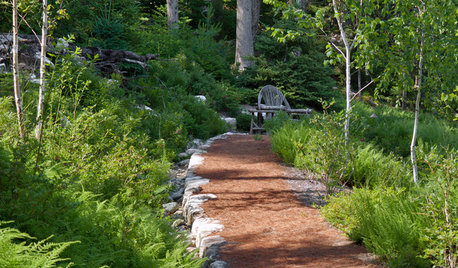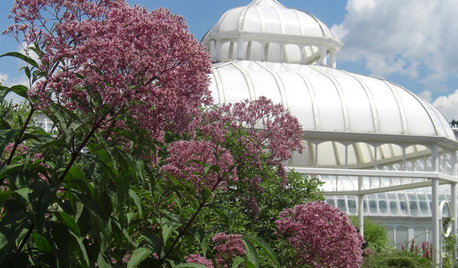Should I mulch mow weeds with flowers/seeds?
M. Adams
7 years ago
Featured Answer
Sort by:Oldest
Comments (9)
rosesr4me
7 years agoRelated Professionals
West Milford Landscape Architects & Landscape Designers · Signal Hill Landscape Architects & Landscape Designers · Stoughton Landscape Contractors · Bridgeview Landscape Contractors · Dallas Landscape Contractors · Olympia Landscape Contractors · South Lake Tahoe Landscape Contractors · Tewksbury Landscape Contractors · Tuscaloosa Landscape Contractors · Waldorf Landscape Contractors · Sterling Driveway Installation & Maintenance · Altadena Fence Contractors · Fort Lee Fence Contractors · Tumwater Fence Contractors · Woodland Hills Fence Contractorskimmq
7 years agorosesr4me
7 years agoM. Adams
7 years agokimmq
7 years agorosesr4me
7 years agoM. Adams
7 years agorosesr4me
7 years agolast modified: 7 years ago
Related Stories

GARDENING GUIDES5 Things to Know About Weeding and Mulching Your Native Garden
What’s the best time to pull weeds? How thick should the mulch be? Here’s the scoop for a healthy landscape
Full Story
GARDENING GUIDES5 Ways to Naturally Win the Weed War
Show irksome weeds no mercy with these tricks for combating them sans chemicals
Full Story
EDIBLE GARDENSNatural Ways to Get Rid of Weeds in Your Garden
Use these techniques to help prevent the spread of weeds and to learn about your soil
Full Story
GARDENING GUIDESHow to Pick a Mulch — and Why Your Soil Wants It
There's more to topdressing than shredded wood. Learn about mulch types, costs and design considerations here
Full Story
GARDENING GUIDESLet's Weed Out 4 Native Plant Myths
Plant wisely for a garden that supports pollinators and requires less work
Full Story
GARDENING GUIDESGreat Design Plant: Bugle Weed, a Quick Ground Cover
It’s highly adaptable, suppresses weeds, reduces erosion and provide weeks of bright flowers. Just watch for invasiveness
Full Story
GARDENING GUIDESThe Art of Green Mulch
You can design a natural garden that doesn’t rely on covering your soil with wood and bark mulch
Full Story
GARDENING GUIDESNew Ways to Think About All That Mulch in the Garden
Before you go making a mountain out of a mulch hill, learn the facts about what your plants and soil really want
Full Story
FLOWERSGreat Design Plant: Joe Pye Weed
This unsung beauty tolerates wet soil, provides beautiful late summer blooms and attracts butterflies and hummingbirds
Full Story
GARDENING GUIDESTackle Weeds the Natural Way
Instead of dousing your yard with chemicals to wipe out weeds, let time and nature work their magic via smothering and solarization
Full StorySponsored






kimmq